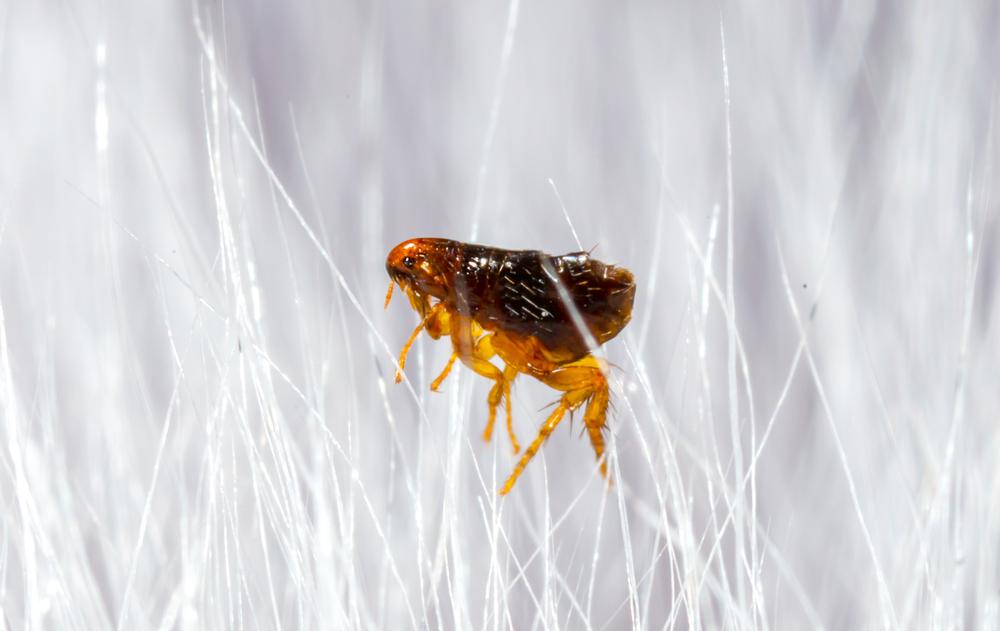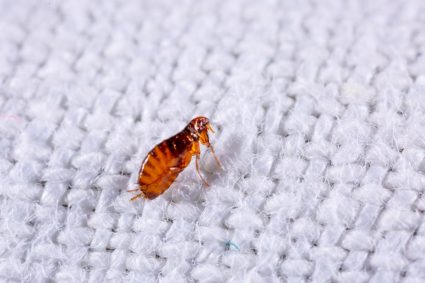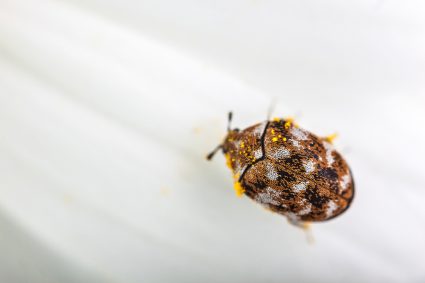
Fleas and ticks are two common pests that can cause discomfort and serious health issues for both humans and pets. These tiny parasites feed on the blood of their hosts and can transmit various diseases. Understanding what they are, how they infest, and how to prevent and treat infestations is crucial for ensuring the health and well-being of your family and pets.
Fleas and ticks are small parasites that feed on the blood of humans and animals. Fleas are tiny, flightless insects that can move easily through fur or feathers and are known for transmitting various diseases like plague and tapeworms. Ticks are parasitic arachnids that require blood to survive and can transmit diseases like Lyme disease and Rocky Mountain Spotted Fever. Both can cause serious health issues and discomfort and are contracted through infested animals or environments.
What Are Fleas?
Fleas are small, flightless insects that belong to the order Siphonaptera, which includes around 2,500 species. They are usually brown and have laterally compressed bodies, which allow them to move easily through fur or feathers. Adult fleas are about 1.5 to 3.3 millimeters long and have a proboscis adapted for piercing the skin and sucking blood. They go through four life cycle stages: egg, larva, pupa, and adult.
What Are Ticks?
Ticks are parasitic arachnids belonging to the order Ixodida and are part of the mite superorder Parasitiformes. Adult ticks are approximately 3 to 5 millimeters in length, depending on factors such as age, sex, species, and fullness. They are ectoparasites and obligate hematophages, meaning they require blood to survive and move from one stage of life to another.
How Do Pets and Humans Contract Fleas and Ticks?
Pets and humans can contract fleas and ticks through various ways. Pets can pick up fleas and ticks from other infested animals or from the environment. Fleas can jump from infested pets onto humans, biting them, especially around the feet, ankles, and legs. Ticks, on the other hand, crawl onto tall grass and shrubs, waiting for a host to pass by. Humans can get ticks from their pets or from spending time in wooded or grassy areas where ticks reside.
Health Risks Associated with Fleas and Ticks
Fleas and ticks can potentially transmit various diseases to humans and animals. Fleas can transmit the bacteria responsible for the plague, flea-borne (murine) typhus, and tapeworms. Ticks can transmit several diseases, including Lyme disease, babesiosis, ehrlichiosis, Rocky Mountain Spotted Fever, anaplasmosis, Southern Tick-Associated Rash Illness, Tick-Borne Relapsing Fever, and tularemia.
Identifying a Flea or Tick Infestation
Signs of a flea or tick infestation may include excessive scratching or biting by your pet, red pimples or bumps on your pet’s skin, hair loss and dry skin, flea dirt or eggs in your pet’s fur or in the environment, and the presence of ticks on your pet or in the home.
Preventing Flea and Tick Infestations
Preventing flea and tick infestations involves maintaining proper hygiene for your pets, regularly cleaning and vacuuming your home, using appropriate flea and tick prevention products for your pets, and modifying your landscape to create tick-safe zones.
Removing Fleas and Ticks
To effectively remove fleas and ticks, you can bathe and comb your pet, clean your pet’s bedding in hot, soapy water, vacuum your home regularly, and treat your yard with a flea and tick repellent.
Common Misconceptions About Fleas and Ticks
Common misconceptions about fleas and ticks include the belief that a healthy pet won’t get fleas, that fleas can fly, that fleas live on pets and not in houses, and that keeping a house clean will prevent fleas. Misconceptions about ticks include the belief that once bitten, you are infected, that you should remove a tick with a heat source or chemical, that ticks only carry Lyme disease, and that ticks fall out of trees.
Fleas, Ticks, and Disease Transmission
Yes, fleas and ticks can transmit diseases between pets and humans. Fleas can transmit diseases while taking a blood meal from a human or animal host or through contaminated fecal pellets. Ticks transmit diseases when they bite a dog or human and introduce the pathogen into the host’s body.
By understanding what fleas and ticks are, how they infest, and how to prevent and treat infestations, you can ensure the health and well-being of your family and pets. Remember to consult your veterinarian for the most suitable flea and tick prevention products for your pet and follow the product instructions carefully.
Frequently Asked Questions
What are the most effective flea and tick prevention products?
The most effective flea and tick prevention products typically include spot-on treatments, oral medications, sprays, collars, and shampoos. The effectiveness of these products can vary based on factors such as the product’s active ingredients, the age and health of your pet, and the severity of the infestation. It’s best to consult with a veterinarian to determine the most suitable product for your pet.
How long do fleas and ticks live?
The lifespan of fleas and ticks can vary significantly based on their species and environmental conditions. Most flea species can live between 2 to 3 months, but under ideal conditions, some fleas can survive for up to a year. Ticks can live from several months to several years, depending on their species and access to a host.
What should I do if I find a tick on my body?
If you find a tick on your body, it’s important to remove it as soon as possible to decrease the risk of disease transmission. Use fine-tipped tweezers to grasp the tick as close to the skin’s surface as possible and pull upward with steady, even pressure. Don’t twist or jerk the tick as this can cause the mouth-parts to break off and remain in the skin. After removing the tick, thoroughly clean the bite area and your hands with rubbing alcohol, an iodine scrub, or soap and water.
Can fleas and ticks survive in cold weather?
Yes, fleas and ticks can survive in cold weather. Fleas can survive in a dormant state in their cocoon stage during cold weather, and ticks can remain active even in temperatures just above freezing. However, extreme cold can kill some species of ticks and fleas.
Can I get a disease from a flea or tick even if I remove it quickly?
The risk of disease transmission from a flea or tick bite generally increases the longer the parasite is attached and feeding. However, it is still possible to contract a disease even if the flea or tick is removed quickly. That’s why prevention is so important.












